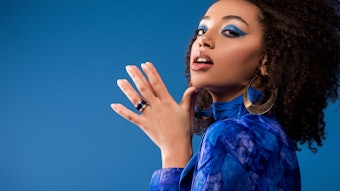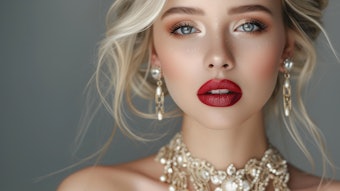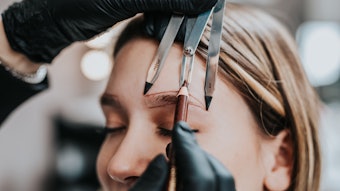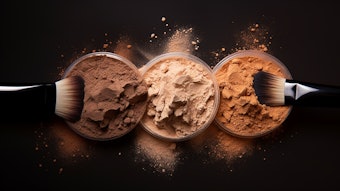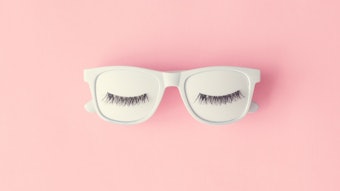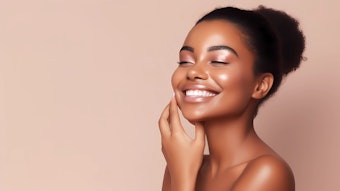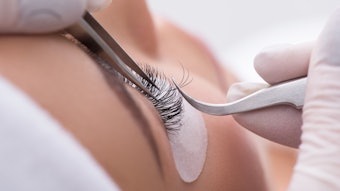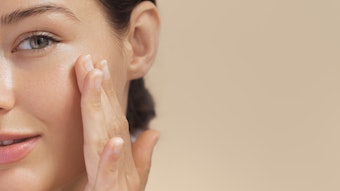What is beauty care? The answer to this question yields significant insight into the hearts and minds of women throughout the United States. How do females define beauty? What are their must-have beauty products? What beauty products or services can they not live without—and which ones do they use to relieve stress? The answers to these questions will provide spa owners and estheticians insight into the wants and needs of today’s clientele. This information should help guide the spa business decisions that are made on a daily basis to continue to be relevant to today’s female clients.
A brave new world
Women’s lives are very different from those of even several decades ago. More and more they have moved out of the home and into the workforce—most are breadwinners. Their evolving roles are nothing short of revolutionary and have changed everything, including the definition and importance of beauty care. This represents an amazing opportunity for all beauty care and beauty service providers. Understanding how women define beauty care and why can lead to an increased understanding of their needs, as well as a greater share of their pocketbook.
Recent research has revealed several interesting themes that revolve around the female consumer’s definition and use of beauty care. Five major findings are explored in this article in order to share consumer insight and implications for beauty marketers. All the statistics in this article have been provided by the March 2006 edition of the Pink Report, a quarterly research account that reveals what consumers of female beauty products want, what they’ll buy and why.
Key finding No. 1: Beauty care is about taking care. Perhaps the most intriguing finding is the shift from the importance of “looking good” to that of “taking care.” Yes, women still want to look good and appear younger, but the primary focus has moved from solely physical to taking care of skin and hair as the primary effort. U.S. women want great skin and this desire grows daily in importance.
When asked to identify what beauty care means, more than 90% acknowledged skin care as synonymous with it. This was followed closely by body and hair care. (See What Does Beauty Care Mean?)
Key finding No. 2: Beauty is more than lipstick. Most marketers know that beauty care means more than lipstick and mascara—but how much more? Beauty care is seen as everything from cosmetics to manicures, massages, haircuts and spa treatments. Women use these products and services not only to take care of themselves in the traditional sense, but also to help them balance stressful lives. Beauty care now equates to beauty services that women cannot live without.
Beauty also means hair care and women are serious about it. They love to have their hair cut, and colored or highlighted. More than half of all women—52%—said that getting a haircut or highlights is the one beauty care service they must have. Manicures were measured at 11%, with massages and facials at 7% and 5%, respectively. Also, don’t touch that facial moisturizer—16% of all women said this is their must-have product, followed by foundation, mascara and lipstick.
Key finding No. 3: Women love to talk and read about beauty care. Beauty care is a subject women enjoy reading about and discussing. Almost 40% of all women receive the majority of their beauty care advice from magazines, and 27% obtain it from either family or friends. (See Beauty Care Advice Sources.)
Cosmopolitan was identified as the No. 1 magazine source for beauty advice, with 13% of respondents identifying it by name. Good Housekeeping and Glamour followed with approximately 10%.
To women, sharing their beauty care rants and raves is important. They love to talk about their beauty products, and one that really works and does what it claims can cause most women to make recommendations to their friends. (See Reasons Women Recommend Beauty Products.)
Key finding No. 4: Beauty care is about feeling pampered. Women have stated that, to them, beauty care is about feeling better, relaxed and balanced—it’s about feeling pampered. This is one of the top adjectives used to describe why females prefer certain brands.
Turn on the hot water, pour in the bubbles and bring down the lights—48% of women turn to a hot bath in order to fight stress and feel indulged. Almost a quarter of them prefer a good massage as a great way to keep stress at bay.
For the majority of females today, fighting stress is a critical element of beauty care. Discovering how your spa’s products and services can help them achieve this can lead to market success. (See Favorite Stress-reducing Treatments.)
Key finding No. 5: Women feel good about themselves, but want to look younger. Contrary to popular belief, most women feel good about their appearance and identity. However, they still are very interested in learning about and purchasing beauty products that make them look younger and feel better. Forty-five percent of women said they rate their looks as above average; 46% percent are extremely happy with their overall beauty; and 42% percent want to buy beauty products that make them look younger.
Assess for success
Spa owners must assess how the continued broadening definition of beauty care affects the market. Do your beauty care products and services go beyond traditional cosmetics? Do they help women relieve stress, feel pampered, look younger or tap into their desire to take better care of themselves? Understanding these fundamental drivers can help produce sales growth and profit improvement for spas.
